| Description |
- Signal Conversion: BNC to HDMI
- Compatibility: Legacy to Modern Displays
- Resolution Support: SD, HD, and 4K
- Audio Integration: Some Models
- Easy Installation: Plug-and-Play
- Use Cases: Surveillance, Broadcast
- Signal Quality: Maintained with High-Quality Cables
|
- Signal Distribution: Splits RF signal into multiple outputs.
- Ports: Coaxial for easy integration.
- Multiple Outputs: Connect to TVs, monitors, VCRs.
- Optional Amplification: Ensures signal strength.
- Compatibility: Works with various devices.
- User-Friendly: Easy setup and operation.
|
- Connectivity: Links devices with Mini HDMI outputs to HDMI inputs.
- Compatibility: Works with Mini HDMI technology, common in cameras and tablets.
- Resolution Support: Transmits SD, HD, and possibly 4K resolutions.
- Audio and Video: Delivers both audio and video signals.
- Construction: Durable materials ensure reliable signal transmission.
- Length Options: Available in various lengths for different setups.
- Plug-and-Play: Simple connection without additional software.
- Versatility: Suitable for cameras, tablets, and other devices to connect to TVs, monitors, or projectors.
|
- Connector Type: BNC (Bayonet Neill-Concelman) for secure connections.
- Construction: Coaxial cable with BNC connectors.
- Shielding: Multiple layers to minimize interference.
- Impedance: Typically 75 ohms for standard video applications.
- Compatibility: Compatible with cameras, monitors, DVRs, etc.
- Applications: Used in surveillance, broadcast, and professional AV setups.
|
- Connector Conversion: BNC to RCA
- Compatibility: Professional to Consumer Devices
- Construction: Durable Materials
- Use Cases: Surveillance to Home Entertainment
- Easy Installation: Plug and Play
- Signal Quality: Maintained with High-Quality Cables
|
- Signal Conversion: Mini DP to HDMI
- Compatibility: Various devices and displays
- Resolution Support: HD, Quad HD, Ultra HD
- Audio and Video Transmission
- Compact and Portable
- Plug-and-Play
- Versatile Usage
|
| Content |
BNC-to-HDMI adapters are connectors designed to convert BNC (Bayonet Neill-Concelman) video signals to HDMI (High Definition Multimedia Interface) signals. Here's a description of their features:
- Signal Conversion: BNC-to-HDMI adapters allow devices with BNC outputs, such as surveillance cameras or professional video equipment, to connect to devices with HDMI inputs, such as modern TVs, monitors, or projectors.
- Compatibility: These adapters bridge the gap between legacy BNC video equipment and modern HDMI displays, enabling seamless connectivity between different types of devices.
- Resolution Support: BNC-to-HDMI adapters typically support various resolutions, including standard definition (SD), high definition (HD), and even some higher resolutions like 4K, depending on the adapter's capabilities.
- Audio Integration: Some BNC-to-HDMI adapters also support audio transmission, allowing both video and audio signals to be converted and transmitted through the HDMI connection.
- Construction: These adapters are constructed with durable materials to ensure reliable signal transmission and longevity.
- Easy Installation: They are typically plug-and-play devices, requiring no additional drivers or software installation. Users can simply connect the BNC end to the device's BNC output and the HDMI end to the HDMI input of the target device.
- Use Cases: BNC-to-HDMI adapters are commonly used in surveillance systems, broadcast studios, and other professional video setups where older BNC equipment needs to be integrated with modern HDMI displays.
- Signal Quality: While adapters themselves do not affect signal quality, it's essential to ensure that the cables used with the adapters are of high quality to maintain signal integrity during transmission.
Overall, BNC-to-HDMI adapters provide a convenient solution for integrating legacy BNC video equipment with modern HDMI displays, offering compatibility and flexibility in various audiovisual setups.
|
RF Modulator Splitters
- Signal Distribution: These splitters divide a single RF signal into multiple outputs, allowing simultaneous connection to multiple devices.
- Input and Output Ports: Equipped with coaxial ports for easy integration into existing audiovisual setups.
- Multiple Outputs: Enables connection to several devices like TVs, monitors, or VCRs, expanding connectivity options.
- Amplification (Optional): Some models feature built-in amplifiers to ensure consistent signal strength across all outputs.
- Compatibility: Works with various audiovisual devices supporting RF signals, providing flexibility in setup.
- User-Friendly: Easy setup and operation, suitable for users with minimal technical knowledge.
Benefits:
- Expanded Connectivity: Connect multiple devices to a single RF signal source, eliminating the need for multiple modulators.
- Cost-Effective: Offers a budget-friendly alternative to purchasing individual modulators for each device.
- Space-Saving Design: Consolidates connections, reducing cable clutter and optimizing space.
- Versatile Use: Ideal for home entertainment systems, surveillance setups, or commercial applications.
RF modulator splitters provide a convenient solution for distributing RF signals to multiple devices simultaneously, offering simplicity, compatibility, and versatility in audiovisual setups.
| Standard Mini HDMI cables are used to connect devices with Mini HDMI outputs to displays, monitors, or other devices with compatible HDMI inputs. Here's a description of their features:
- Connectivity: Standard Mini HDMI cables provide a reliable connection between devices with Mini HDMI outputs, such as cameras, camcorders, or tablets, and displays, TVs, or projectors equipped with HDMI inputs.
- Compatibility: These cables are compatible with devices that support Mini HDMI technology, including many digital cameras, camcorders, and portable devices. They can connect to HDMI displays, TVs, or projectors from various manufacturers.
- Resolution Support: Standard Mini HDMI cables support various resolutions, including standard definition (SD), high definition (HD), and even some higher resolutions like 4K, depending on the capabilities of the connected devices.
- Audio and Video: Mini HDMI cables transmit both audio and video signals, allowing users to enjoy high-definition multimedia content on compatible HDMI displays or monitors.
- Construction: These cables are typically constructed with high-quality materials to ensure durability and reliable signal transmission. They may feature gold-plated connectors for better conductivity and resistance to corrosion.
- Length Options: Standard Mini HDMI cables are available in various lengths to accommodate different setups and distances between devices and displays.
- Plug-and-Play: They are generally plug-and-play devices, requiring no additional drivers or software installation. Users can simply plug one end of the cable into the Mini HDMI output of their device and the other end into the HDMI input of their display.
- Versatility: Standard Mini HDMI cables are versatile and can be used for various applications, including connecting cameras or camcorders to TVs or monitors for viewing photos or videos, streaming content from tablets to TVs, or extending desktop setups to larger displays.
Overall, Standard Mini HDMI cables offer a convenient and reliable solution for connecting devices with Mini HDMI outputs to HDMI displays or monitors, enabling seamless audio and video transmission for a wide range of applications. |
- Connector Type: BNC (Bayonet Neill-Concelman) connectors are commonly used in video applications due to their secure locking mechanism, which ensures a stable connection and minimizes signal loss.
- Construction: BNC video cables typically consist of a coaxial cable with BNC connectors at each end. The coaxial design helps maintain signal integrity by reducing electromagnetic interference.
- Shielding: These cables often feature multiple layers of shielding, including foil and braided shielding, to protect against external interference and ensure high-quality video transmission.
- Impedance: BNC video cables usually have a characteristic impedance of 75 ohms, which is standard for most video applications.
- Compatibility: BNC video cables are widely compatible with various video equipment such as cameras, monitors, DVRs (Digital Video Recorders), and video switchers commonly used in surveillance systems, broadcast studios, and professional AV setups.
- Applications: BNC video cables are commonly used in security and surveillance systems for connecting CCTV cameras to monitors or DVRs. They are also used in professional audiovisual setups for transmitting video signals between different components of a system, such as cameras, video mixers, and displays
| BNC-to-RCA adapters are connectors used to convert BNC (Bayonet Neill-Concelman) connections to RCA (Radio Corporation of America) connections, allowing compatibility between devices with different types of connectors. Here's a description of their features:
- Connector Conversion: BNC-to-RCA adapters enable the conversion of BNC connectors, commonly found in professional video equipment and surveillance systems, to RCA connectors, which are more prevalent in consumer electronics such as TVs, VCRs, and DVD players.
- Compatibility: These adapters allow devices with BNC outputs, such as CCTV cameras or professional video equipment, to be connected to devices with RCA inputs, such as TVs or monitors.
- Construction: BNC-to-RCA adapters typically have a female BNC connector on one end and a male RCA connector on the other end. They are constructed with durable materials to ensure reliable signal transmission.
- Use Cases: They are commonly used in various applications where compatibility between BNC and RCA connections is required. For example, they can be used to connect surveillance cameras to consumer-grade monitors or to integrate professional video equipment with home entertainment systems.
- Easy Installation: These adapters are simple to use and require no tools for installation. Users can easily plug the BNC end into the device's BNC output and connect the RCA end to the RCA input of the target device.
- Signal Quality: While adapters themselves do not affect signal quality, it's essential to ensure that the cables used with the adapters are of high quality to maintain signal integrity during transmission.
Overall, BNC-to-RCA adapters provide a convenient solution for bridging the gap between devices with BNC and RCA connectors, allowing for seamless connectivity in various audiovisual setups. | Mini DisplayPort-to-HDMI adapters are connectors used to convert Mini DisplayPort signals to HDMI signals, allowing devices with Mini DisplayPort outputs to connect to HDMI displays or monitors. Here's a description of their features:
- Signal Conversion: These adapters convert Mini DisplayPort signals, commonly found on laptops, desktops, and tablets, to HDMI signals, which are more prevalent on displays, TVs, and projectors, enabling compatibility between different types of devices.
- Compatibility: Mini DisplayPort-to-HDMI adapters are compatible with devices that have Mini DisplayPort outputs, such as MacBooks, Microsoft Surface tablets, and certain desktop computers, as well as displays, TVs, and projectors with HDMI inputs.
- Resolution Support: They support various resolutions, including standard HD (1080p), Quad HD (1440p), and Ultra HD (4K), depending on the capabilities of the connected devices.
- Audio and Video: These adapters transmit both audio and video signals, allowing users to enjoy high-definition multimedia content on compatible HDMI displays or monitors.
- Construction: Mini DisplayPort-to-HDMI adapters are typically compact and lightweight, making them portable and easy to carry. They may feature durable materials and gold-plated connectors for reliable signal transmission and longevity.
- Plug-and-Play: They are generally plug-and-play devices, requiring no additional drivers or software installation. Users can simply plug the Mini DisplayPort end into the Mini DisplayPort output of their device and the HDMI end into the HDMI input of their display.
- Versatility: Mini DisplayPort-to-HDMI adapters are versatile and can be used for various applications, including connecting laptops to external monitors or projectors for presentations, streaming content from tablets to TVs, or extending desktop setups to larger displays.
Overall, Mini DisplayPort-to-HDMI adapters offer a convenient and reliable solution for connecting devices with Mini DisplayPort outputs to HDMI displays or monitors, enabling seamless audio and video transmission for a wide range of applications. |
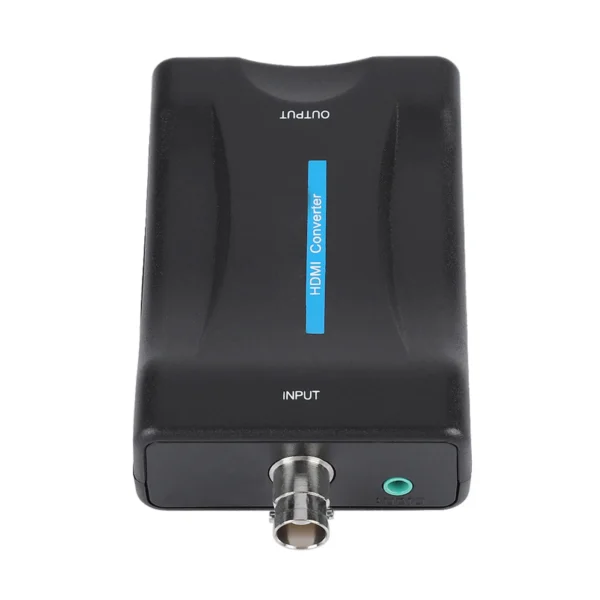
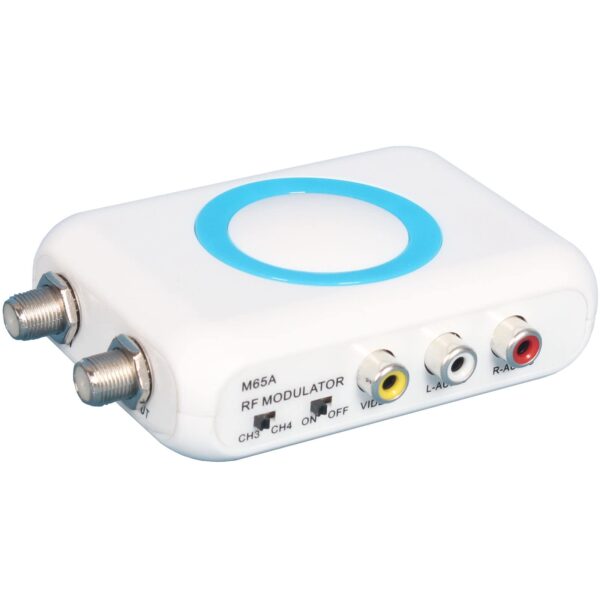
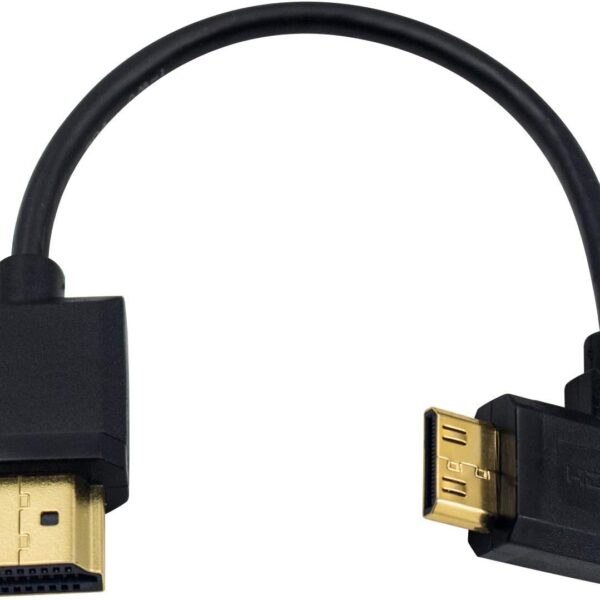
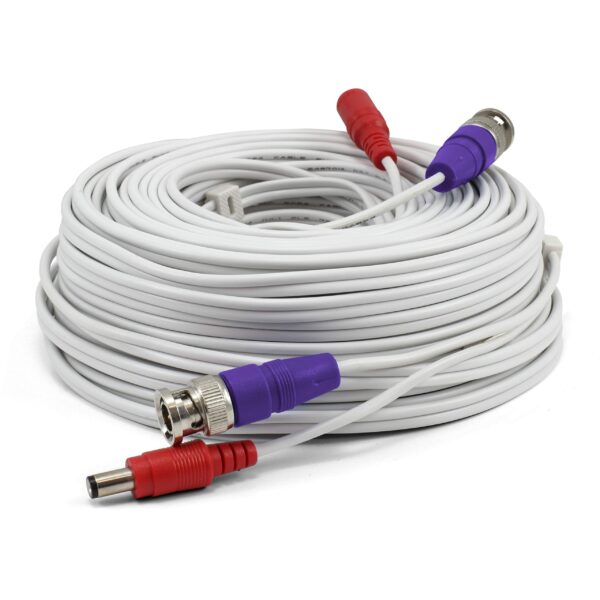
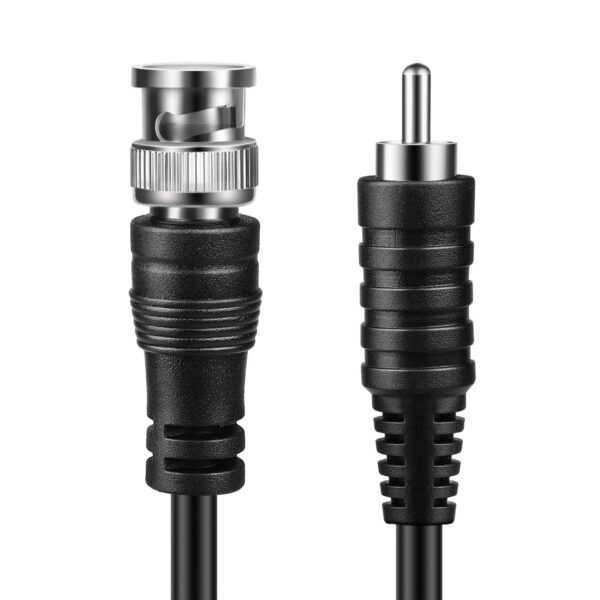
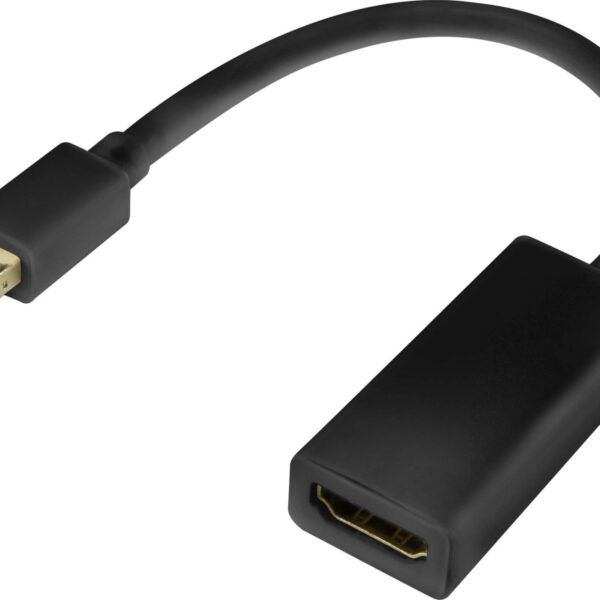















Rating & Review
There are no reviews yet.